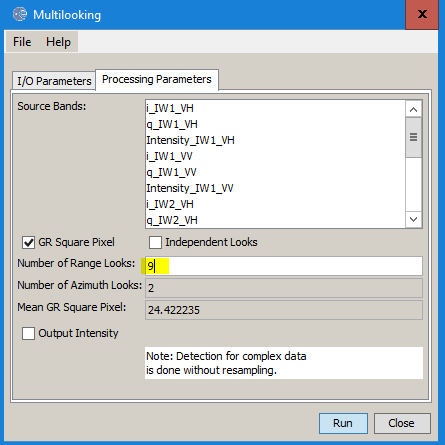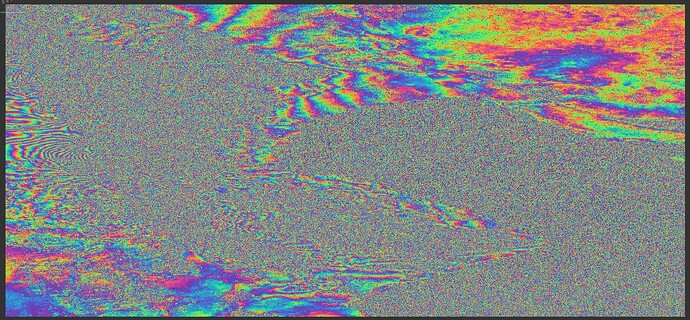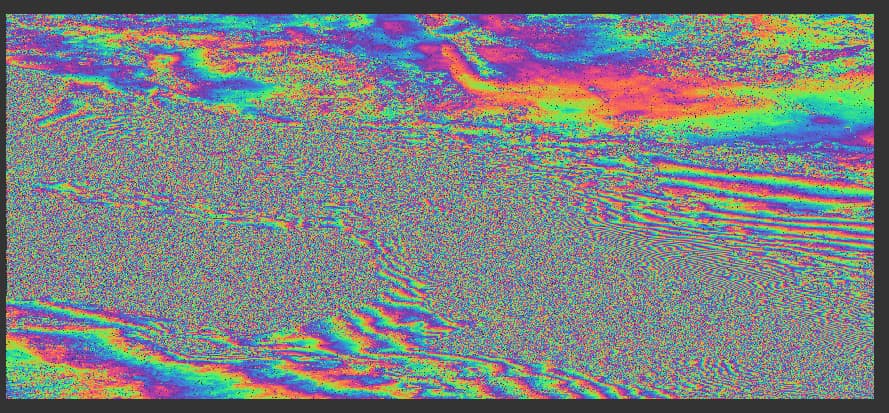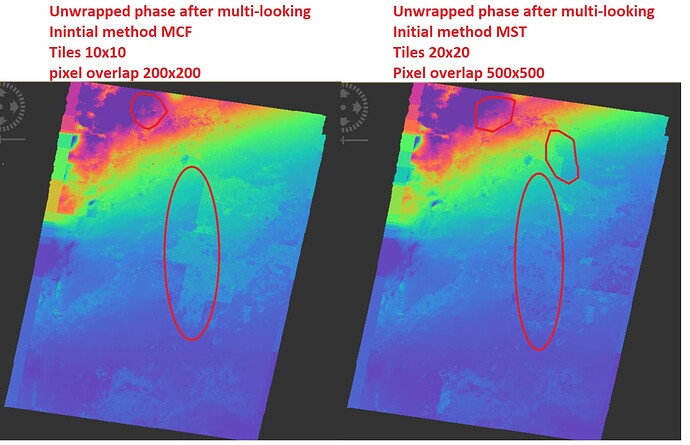Has anyone a clue, how the appropriate number of looks (for multi-look processing) could be estimated, relating the incidence angle, the range- and the azimuth-resolution of a SAR image?
have you seen these topics?
- GRD multilook (number of looks)
- Equivalent number of looks (ENL)
- Number of looks (multilook) is there a range?
- Multilook and pixel size of SLC IW Sentinel 1
There is no ideal or “appropriate” number of looks, because it depends on your application. For example, if you want to analyze agricultural fields, you might reduce the resolution to 50x50 m per pixel to reduce noise in your data and also the data volumes, especially when you are working with large areas. In contrast, if you want to analyze fine-scaled features (e.g. roads), a small number of looks should be chosen to conserve the information present in single pixels.
Please also note that GRD data is already multi-looked to a pixel size of 10x10m.
thanks for your comments and the linked topics. I forgot to mention that I refer to SLC images. What I want to analyze is ground deformation, for that reason I have to take in account that the more the looks the more the introduced distortion. That is because I wondered if there is an option to roughly estimate the number of looks for SLC images relating the info that I have: range- and azimuth-resolution and incidence angle.
you can change the number of range looks in the multi-looking operator and see how the number of azimuth looks auomatically change and how this affects the target resolution under the given incidence angle

The maximum tolerable resolution depends on the patterns in your interferogram and what kind of deformations you expect. You can first create the interferogram and then test different multi-looking options. In some cases, filtering the interferogram is already sufficient, in others you need to apply rigorous multi-looking to overcome low coherence areas.
At a certail level of phase decorrelation, neither multi-looking nor filtering will help, so a visual analysis of the interferogram is a reasonable first step.
Thank you! I will test.
What if I am expecting a big deformation with a huge number of wrapped phase fringes
, should multi-looking be applied at all, or will it skip full fringe cycle during the average process ?
I’d say if it improves the fringe quality you can give it a try, but if it destroys the fine-patterns you lose information.
the grid-like pattern can be solved by increasing the number of tiles, but I am not sure how to assess the quality of unwrapping either if multilooking was applied as a priori or not
the number of tiles is a bit of a trial-and-error thing. If there are patterns you dont want you can repeat it with different configuration (MST vs. MCF, number of tiles, pixel overlap)
In general, increasing the number of tiles and overlap pixels plus changing the method to MST (on the right) has removed some unwanted patterns that existed on the left image. Some new patterns were introduced as well. but the overall pattern if we observe the images from south-east to north-west remains the same in both tries.
yes, it is a trade-off ![]()



